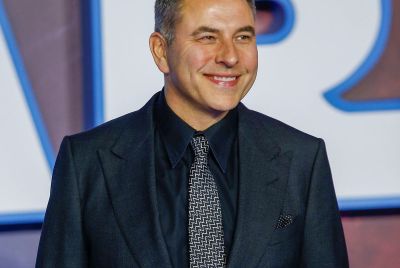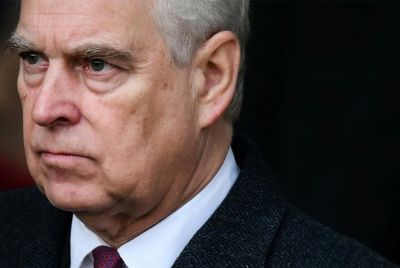BBC's Trump Trap: Panorama Under Fire — How Cut-and-Paste Editing Is Warping Public Trust
The broadcaster refused to comment on leaked material but said it takes editorial integrity 'extremely seriously'

The BBC's flagship documentary series Panorama is facing scrutiny after allegations that its October 2024 episode on Donald Trump included misleadingly edited footage of the former US president's rally speech.
A leaked memo by a former BBC editorial adviser claims producers spliced together separate parts of Trump's January 2021 remarks to make them appear as a single call to violence, omitting his reference to protesters acting 'peacefully and patriotically'.
The BBC has said it takes feedback seriously but declined to comment directly on the allegations. The claims, if accurate, raise questions about editorial practice and the broader effect of selective video editing on public trust in the media.
Editing Claims
According to the document written by Michael Prescott and obtained by The Telegraph, a former member of the BBC's Editorial Guidelines and Standards Committee, the Panorama episode titled Trump: A Second Chance? combined two parts of Trump's 6 January speech to read: 'We're going to walk down to the Capitol and I'll be there with you, and we fight. We fight like hell.'
The memo alleges those lines were drawn from moments nearly an hour apart, removing context that included Trump's call for a 'peaceful' protest. It also claims footage of marchers shown after the speech was in fact filmed earlier, creating the impression that Trump's words prompted the crowd to move towards the Capitol.
The BBC said it would not comment on leaked internal material but added that it 'takes editorial integrity extremely seriously'. The allegations have prompted debate over how far documentary editing can go before it begins to shape rather than reflect events.
How Short Clips Shape Public Perception
The Panorama incident is not isolated. Research shows that viral clips, often just seconds long, can distort meaning far more easily than full-length videos or transcripts. A widely shared clip of Joe Biden appearing to wander off during a G7 summit, for instance, omitted the fact he was engaging with a skydiver nearby.
JUST IN: President Biden appears to start wandering off at the G7 summit and has to be handled back in.
— Collin Rugg (@CollinRugg) June 13, 2024
Italian Prime Minister Giorgia Meloni was seen grabbing Biden to bring him back to the group.
This wasn't the only awkward encounter between the two. Biden was caught on… pic.twitter.com/xf8NizIVgH
Fact-checkers at The Washington Post describe such edits as 'cheap fakes', which are genuine footage cut to mislead by removing context. Interactive tools on platforms such as TikTok, including its Duet and Stitch features, make it easy for users to overlay political meaning onto short clips, further shaping public perception through selective editing.
Manipulative techniques such as omission, splicing and framing can fundamentally alter the story being told. Viewers often see one-minute clips on social media, interpret them as full truth, and rarely go on to watch the full speech or analysis. When a respected broadcaster is accused of editing for narrative impact rather than accuracy, that risk increases.
🔴 EXCLUSIVE: The BBC is accused of editing a Trump speech to make him seem to back the Capitol riot.
— The Telegraph (@Telegraph) November 3, 2025
A whistleblower memo says Panorama “completely misled” viewers by cutting key lines
Watch @gordonrayner’s full breakdown ⬇️ pic.twitter.com/A6nngI44Ll
INSANE: BBC Panorama *edited footage* of Trump's speech to make it look like he encouraged the Capitol Hill riot.
— Lee Harris (@addicted2newz) November 3, 2025
The Trump hating leftists at the BBC broadcast the programme a week before the US election.
Scrap the licence fee. pic.twitter.com/b40Njc9mIp
Why Trust in News Is at Stake
Critics argue that accusations of misleading editing by a major public broadcaster risk deepening public scepticism about mainstream media. Once audiences begin to question whether they are seeing events as they happened, confidence in journalism weakens.
Analysts also note that political communication increasingly relies on short clips that reduce complex issues to soundbites. When coverage depends on edited footage rather than full context, it risks shaping opinion instead of informing it.
The Panorama controversy has reignited discussion about the responsibilities of major broadcasters in an age of viral media. Whether or not the BBC issues a fuller response, the episode highlights the fine line between storytelling and editorial accuracy, and the continuing challenge of maintaining public trust in a fragmented information landscape.
© Copyright IBTimes 2025. All rights reserved.





















